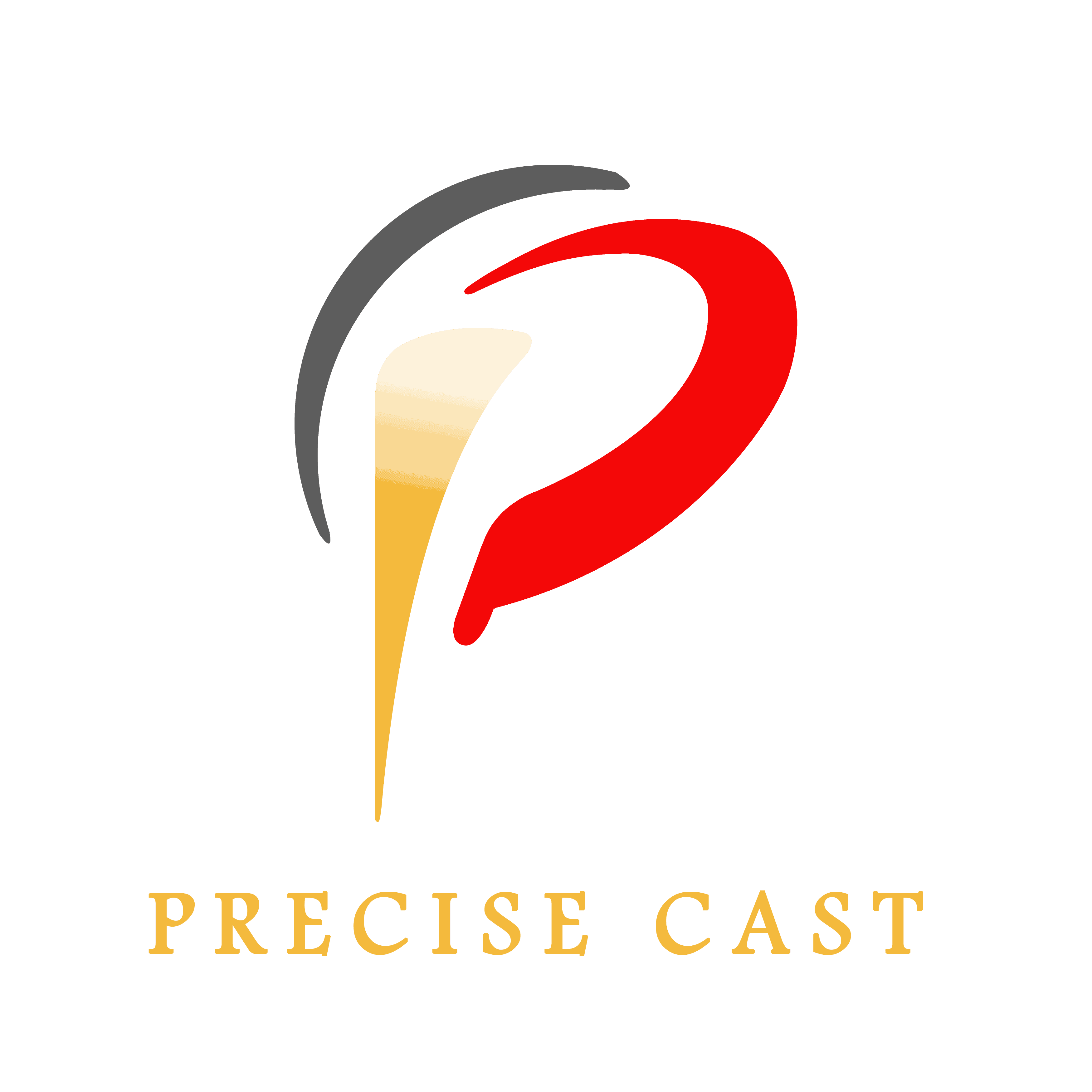1.What’s the difference between forging and casting?
(1)Conceptual Distinction
- Casting is a to transfer the shapeless liquid metal into a shaped solid.
- Forging is to changes one shaped solid into another different shape.
- Forging is like the wax-shaping process. When you melt the scrap steel or cast iron to liquid and then pouring them into the mould, then the different shapes will be achieved.
- Forging is similar to the knead dough. Likewise, you put the solid blank to the mould under the high temperature and then transfer it to the desired shape.
- During the casting process, the molten metal liquid is poured to the mould so as to get the desired shape. It mainly focuses on the casting technique control during melting and pouring.
- Forging is the solid plastic forming process, such as extrusion, drawing, heading, punching. Forging is mainly divided into hot forging and cold forging.
(2) Forging is the slowly forming process, while casting is instantly shaping.
- Molten metal liquid fills the cavity and cools in the casting process and the air holes are easily to occur within the workpiece.
- Forging is to forming the parts by extrusion under high temperature and grains of the workpiece will be refined meantime.
2.The differences between the Open Die Forging and the Die Forging
(1).hammer forging
- Open die forging is the forging methods in which the heated metal billet is placed between the upper and lower mainstay iron of the forging machine and got impacted or compressed directly to obtain the required shapes. It is most applicable to the simple-shaped, single piece, low volume or heavy parts.
- Open die forging can be divided into manual free forging and machine free forging. Manual free forging has low production efficiency and high labour intensity, and is only used for repairing or simple, small, small batch forgings production, in modern industrial production, machine free forging has become the main method of forging production, in heavy machinery manufacturing, it has a particularly important role.
(2).closed die forging
- During he die forging, the heated blank is placed and shaped in the forging die fixed on the die forging presses.
- Die forging can be operated on various machines. In industrial production, steam – air hammer are commonly used for hammer die forging and it’s tonnage is within 5KN~300KN (0.5~ 30T). The tonnage of hot die forging press is within 25000KN~63000KN.
- Die forging die is divided into single-chamber and multi-chamber. Single-chamber forging die is fixed by dovetail groove and oblique wedge to prevent protrusion and left-right movement. The combination of keys and keyway makes the forging die position accurate and prevents moving back and forth.
- Single die-chamber is generally the final die chamber. The forging billet is achieved by air hammer, and then form the desired shape via multi-times final forging die processing, then cut the forged flaps.
3.The difference between casting, forging, stamping and die casting
(1)casting
- Casting is to melt the raw material and let it form naturally in a molding mold;
- Forging is to heat the raw material to a certain temperature and then use tools to shape;
- Stamping is to form the shape via the appropriate stamping die;
- Die casting is to inject molten raw material into the mold by pressure to achieve higher density or more precise shape;
(2)Forging:
- It is shaped by extrusion under high temperature and the grain of the components can be refined during the process.
- Components with similar thickness is suitable for sheet metal stamping.
- Unheated parts with uneven thickness and complex shape is suitable for die casting.
1.Casting is classified into two types: high pressure and low pressure.
2.Forging is also a casting methods, the only difference is that forging need a lower emperature than casting , some forging parts can be achieved in a semi-melting state.
3.Stamping is the process of transferring the semi-finished parts to finished ones with punching machines or other machines at room temperature.
4.Die casting is also a methods of high temperature casting which is suitable for more complex parts which is difficult to process. During the die casting, the metal is heated to liquid and then pressed into the mold, then the component is shaped after cooling.
